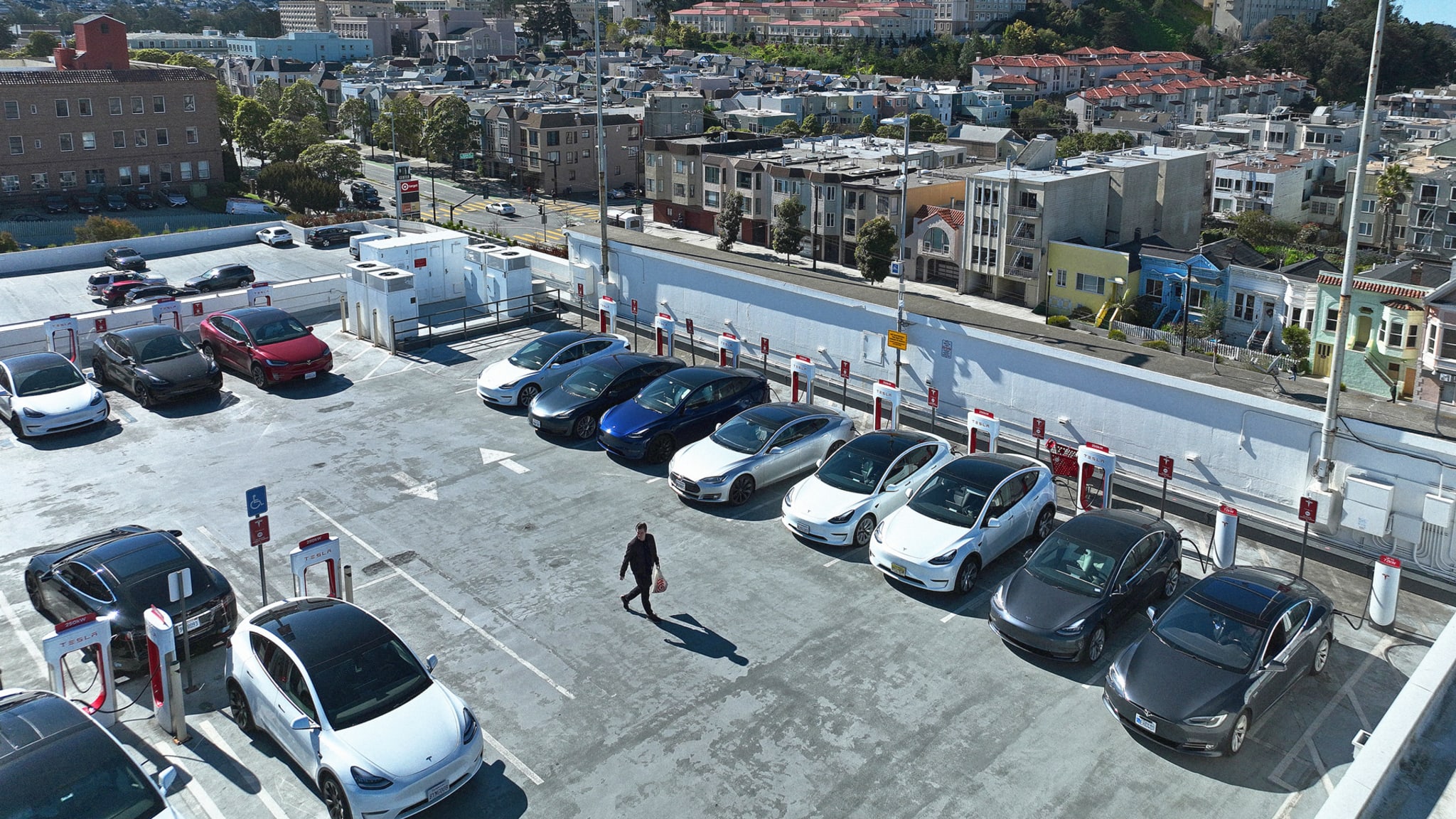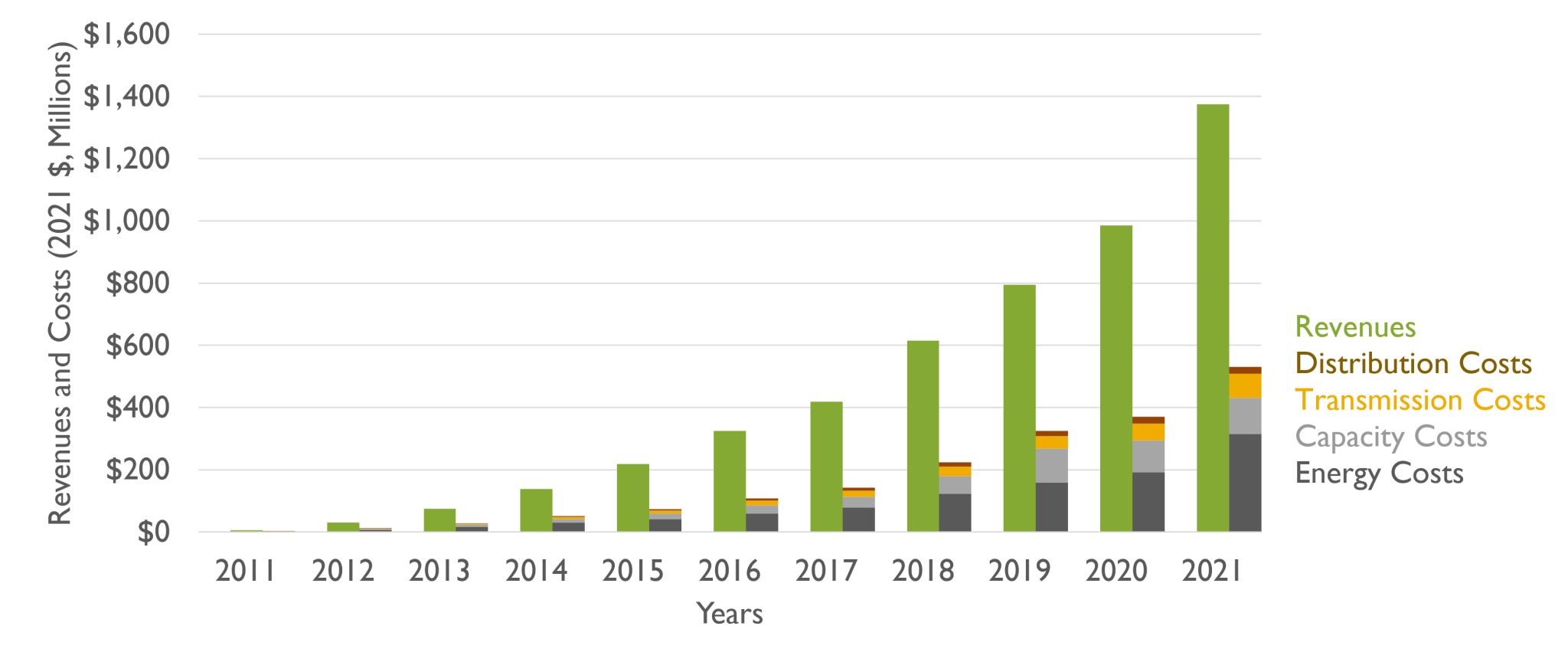SACE's Electric Transportation Director shares insights into timely electric vehicle (EV) topics on LinkedIn. Check out what's captured his attention recently and join the conversation.
Stan Cross | May 7, 2024 | Clean Transportation, Electric VehiclesSo much is happening in the realm of electric transportation that it’s hard to keep up! When I recently returned from vacation, I was greeted by the EPA’s announcement of a new grant program to fund zero-emission heavy-duty vehicles that will help accelerate the transition to cheaper electric trucks and buses. I should go on vacation more often.
This installment of Talking EVs focuses on stories about three benefits of electrifying transportation: lower operating costs, less pollution, and increased electric utility revenues:
- Stories about the cost of EVs often focus on the sticker price and miss the long-term cost savings that electric cars, trucks, and buses achieve by driving on cheap electricity and avoiding the costly maintenance internal combustion vehicles require.
- Regarding air pollution, increasing EV presence in places like California are leading to tangible decrease in tailpipes which in turn means measurable improvements in air quality.
- EV drivers buy electricity from local utilities, versus gas from global oil companies – contributing funds for electric grid infrastructure and revenue that can help offset the costs utilities will incur to meet increasing demand.
Diesel’s Demise: Electric Trucks Cheaper Than Diesel Counterparts by 2030
The most popular electric sedans, SUVs, and pickups are also cheaper than their gas-powered counterparts. And beyond passenger vehicles, we are seeing electric trucks and fleet vehicles really pick up speed as well. We won’t need to accept life with diesel pollution for much longer, as electric vans, trucks, and buses steadily become ready for primetime. With battery prices continuing to fall, new research forecasts that by 2030, even when excluding available consumer incentives, electric heavy-duty vehicles will be less expensive than their dirty diesel counterparts. Read more.

Emissions Downshift: EV Adoption Leads to Cleaner Air
New research out of the Bay Area shows that a rise in EV adoption correlates with a detectable drop in vehicle emissions. In fact, between 2018 and 2022, vehicle emissions rates in the Bay Area, which has the highest EV adoption rate in the country, dropped 2.6% annually. Though emissions reductions are not a leading adoption driver (most mainstream consumers will buy EVs because of product appeal, performance, and cost savings), it’s inspiring to see research confirming that cleaner air is baked into the EV transition. Read more.

Powering Up: EV Drivers Add $3 Billion to the Grid
From 2011 to 2021, EV drivers contributed $3 billion more to the U.S. grid than they cost the system to meet battery charging needs. Not only are EVs not crashing the grid, but they are adding massive new revenue that, as applied across utilities’ fixed costs, should put downward pressure on electricity rates for all ratepayers. And if well managed, utility revenue from EVs could fund the grid upgrades needed to support electrification at scale, sparing non-EV driving ratepayers the costs. Read more.

Want to join the EV conversation? Let’s connect on LinkedIn!
SACE’s Electrify the South program leverages research, advocacy, and outreach to accelerate the equitable transition to electric transportation across the Southeast. Visit ElectrifytheSouth.org to learn more and connect with us.